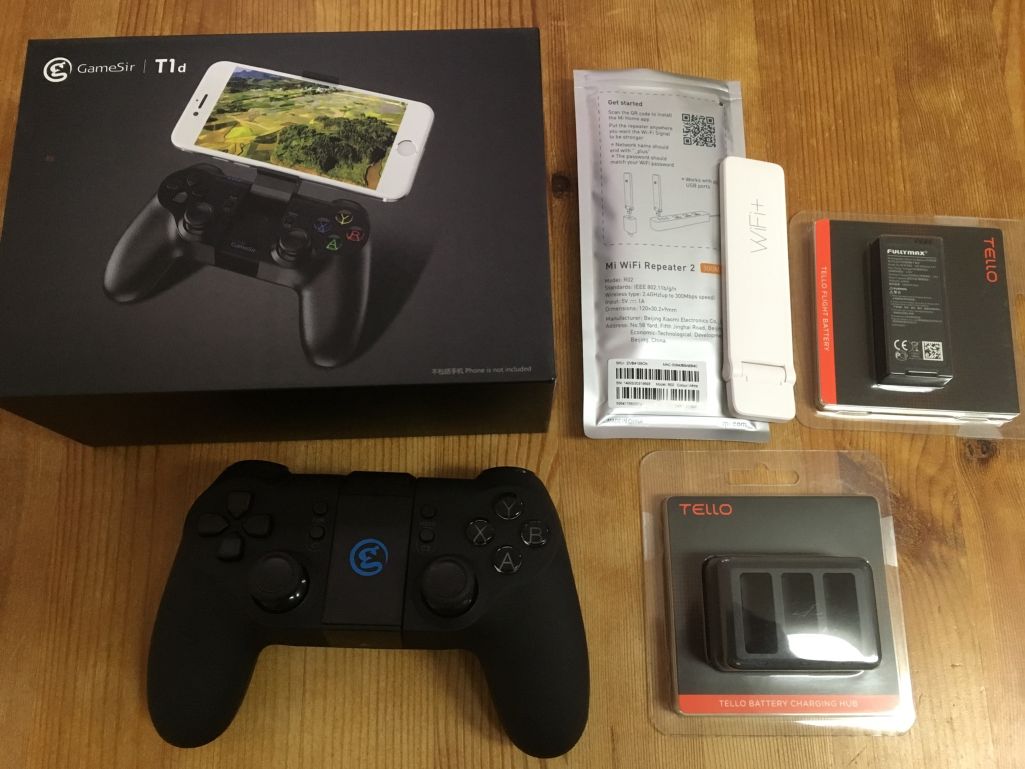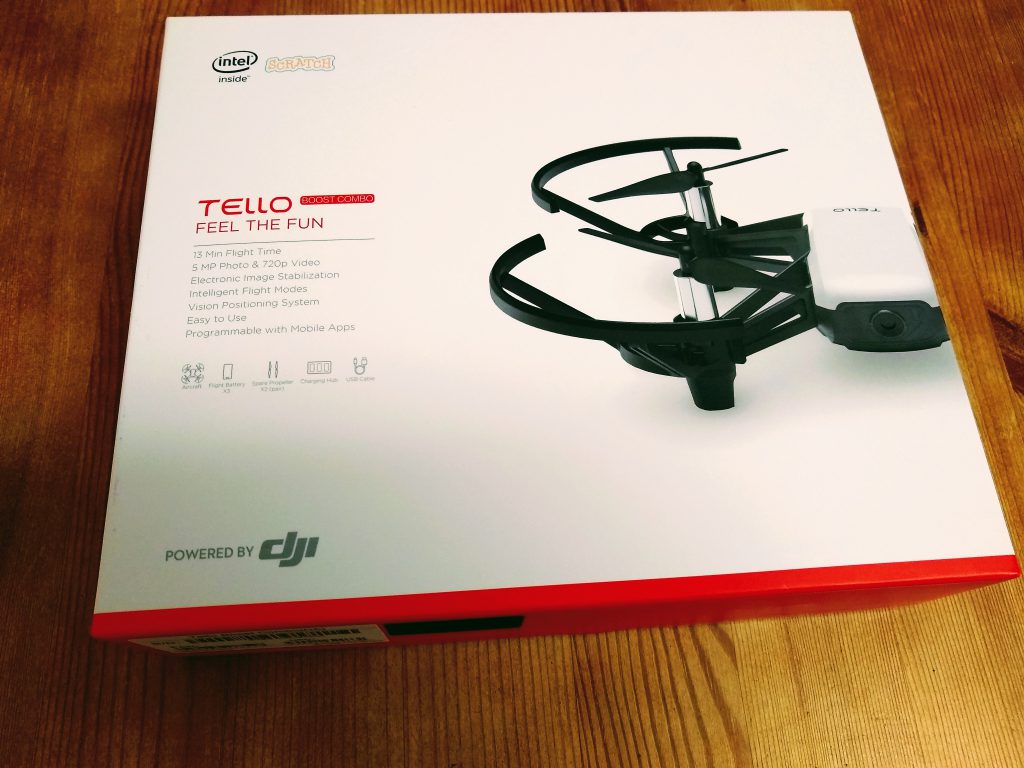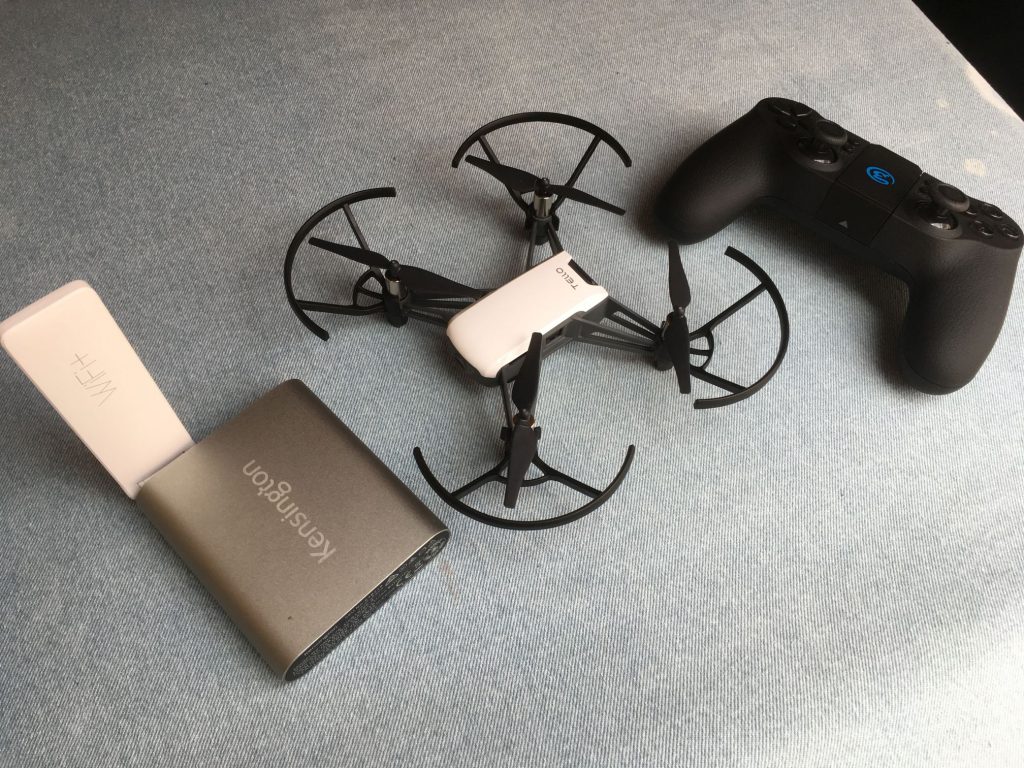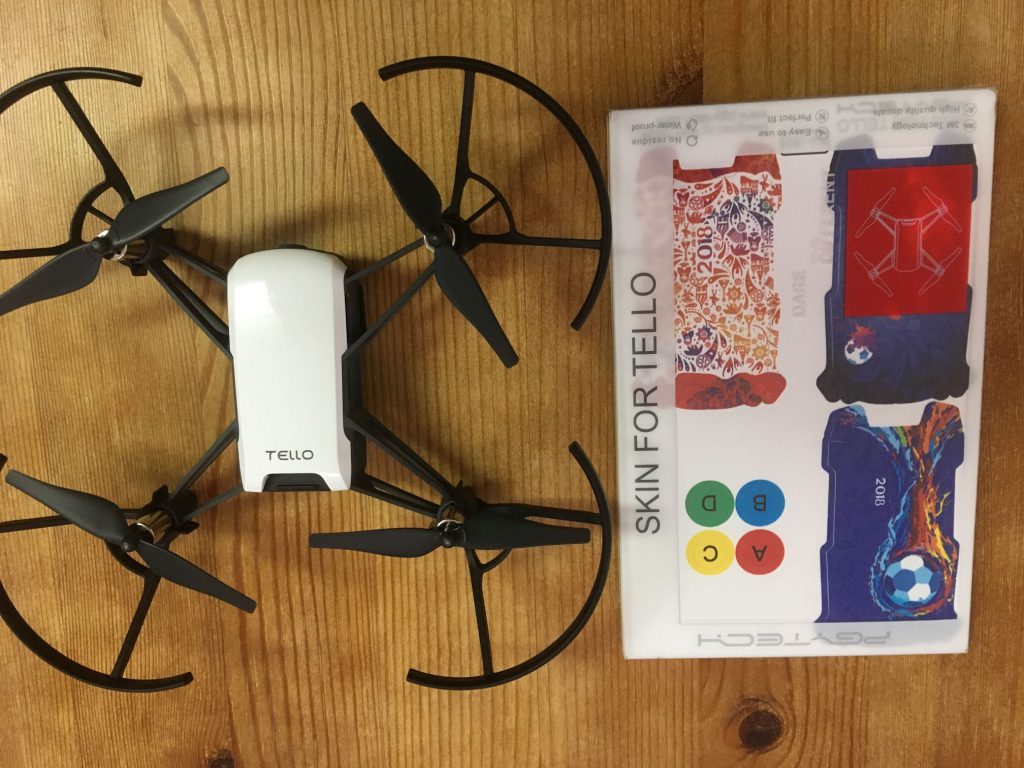Old habits die hard, and R/C flying is one of them.
Since I caught the aerial remote-control bug during my almost 4-year stint in Saudi Arabia in the early 80s, I have never forgotten this sometimes expensive hobby. They say that the hearts of adventurous people lie in the extreme desire to fly like birds.
R/C flying had come a long way since the days of gas-powered COX engines and radio controllers with telescopic antennas, each with small banners attached to denote the radio frequencies.
In today’s world, dominated by computers, software, cell phones, and other Internet-connected devices, it comes as no surprise that the hobby of R/C flying has also evolved to take advantage of them.
Today, you no longer need a dedicated controller to operate an R/C device; a smartphone and the corresponding app will suffice. Changing crystals (to change radio frequency transmission) inside the transmitters is so passé; almost all new R/C models these days have Wi-Fi built in (primarily, at 2.4 GHz) and utilize that same wireless frequency to connect to the smartphone.
Bluetooth is also built in for pairing with a dedicated remote controller, making it easier to fly.
More sophisticated but expensive models incorporate a GPS, 1080p, or 4K camera mounted on a small but high-end gimbal, as well as a range of extras for easy maneuvering, even at long-range distances. Not to mention longer flight times as well as apps with sophisticated features.
Currently, a Chinese company called DJI dominates the aerial R/C market and has relegated the term ‘R/C’ to something more futuristic — ‘drone‘.
The drone market has experienced explosive growth over the last six (6) years, as amateur and professional photographers alike have made them an essential part of their ‘toolkits’ for capturing visually stunning aerial photos and video footage.
DJI not only manufactures a variety of “off-the-shelf” hobbyist drones catering to every budget but also “custom-made” ones tailored to specific applications, including military, science, agriculture, engineering, and, of course, the movie industry.
To capture the lower end of the hobbyist drone market, DJI partnered with CPU-maker Intel and Shenzhen, China-based Ryze Tech, and introduced the Ryze Tello.
It’s a vision positioning system-equipped US$99 toy-hobbyist drone with a programmable Intel processor as well as a 5-megapixel 720p camera (at 30 fps) -not sure though, if some Hasselblad technologies were incorporated after DJI bought into the Swedish camera company in 2015– as well as some other tech goodies packed in 80 grams (battery included) of good-quality plastic and miniature circuit boards.
It’s essentially a handy, portable computer with a nice 5MP webcam that flies.
What makes this little toy drone so fun is that it won’t hurt your pocketbook if you ever crash or lose it. But, it’s so stable to fly that the only way you can lose or damage it is to fly it in very windy conditions.
In actual use, the Ryze Tello flies for approximately 10 minutes -according to the specs, it’s supposed to last 13 minutes (on a full charge) with a range of about 100 meters. However, hacks like using a US$10 Wi-Fi repeater or range extender not only improve the range but also enhance the video quality transmission.
Additionally, software hacks like TALS (free) and Altitude Limit for Tello (US$0.99) – both of which are available only for iOS devices – can extend the 10-meter height limit of this little drone to 10 times or 100 meters. Be careful, though, as the drone’s vision positioning system becomes compromised at a distance of over 10 meters.
Accessories for the Tello are also inexpensive, such as the US$29 GameSir T1d Bluetooth controller, and cost around US$15 to US$25 for a 3 to 4-battery charging hub. Extra original batteries, made by FullyMax, are approximately US$19.
These prices might be even lower if you get the Ryze Tello in ‘bundle deals‘. I once saw a DJI stall inside a very popular shopping mall in downtown San Francisco selling the Ryze Tello with an extra battery for as low as US$89.

All in all, for about US$200, you can genuinely enjoy the thrills of R/C flying -or, shall I say, drone flying- without the nasty additional expenses associated with the learning experience alone.
Once you have mastered it, flying this tiny toy drone is remarkably easy. If you have grown tired of it but truly enjoy aerial photography, you could consider upgrading to a DJI Spark, followed by a Mavic Air, Mavic 2, or Pro.
APRIL 2019 UPDATE:
In late 2018, a new app, available only for Android, called Tello FPV + RTH was released by a German hobbyist named Volate!lo. Priced at $5.49, the feature-rich app significantly enhanced the capabilities of the Ryze Tello drone, particularly the return-to-home feature, despite the unit’s lack of GPS.
Last November 2018, Ryze sold its Tello Boost Combo at a discounted price of only $99 (plus tax), down from the current regular price of $149 (plus tax) on DJI’s website.
The package includes the Tello drone, two (2) sets of spare propellers, three (3) original FullyMax flight batteries, a 3-battery charging hub, and a USB cable.
All the contents in the Boost Combo set would have easily cost between $150 and $170 if purchased individually.
It was such a steal that I couldn’t resist getting one as a spare unit.

Additionally, early this year, Ryze Tech released an Iron Man Edition of their best-selling beginner drone for die-hard Marvel fans, which is currently available for US$129 (plus tax).
It is essentially the same Tello unit, except for the Iron Man-themed protective shell, colors, and trims, which are predominantly metallic red and gold. This special edition Tello also comes with its very own app called Tello Hero.
Note that you can use the standard Tello app to fly the Iron Man Edition Tello aircraft, but you can’t use the special Tello Hero app to fly the $99 ‘ordinary edition’ Tello.
But, of course, you can also use the much better Tello FPV +RTH app by Volate!lo on the Iron Man Edition unit.
A must-buy for all Marvel fans and avid Tello flyers!




